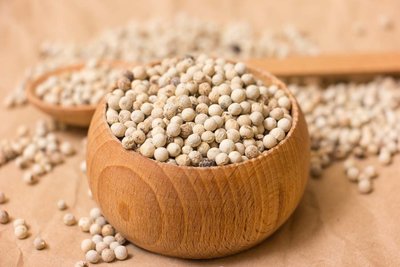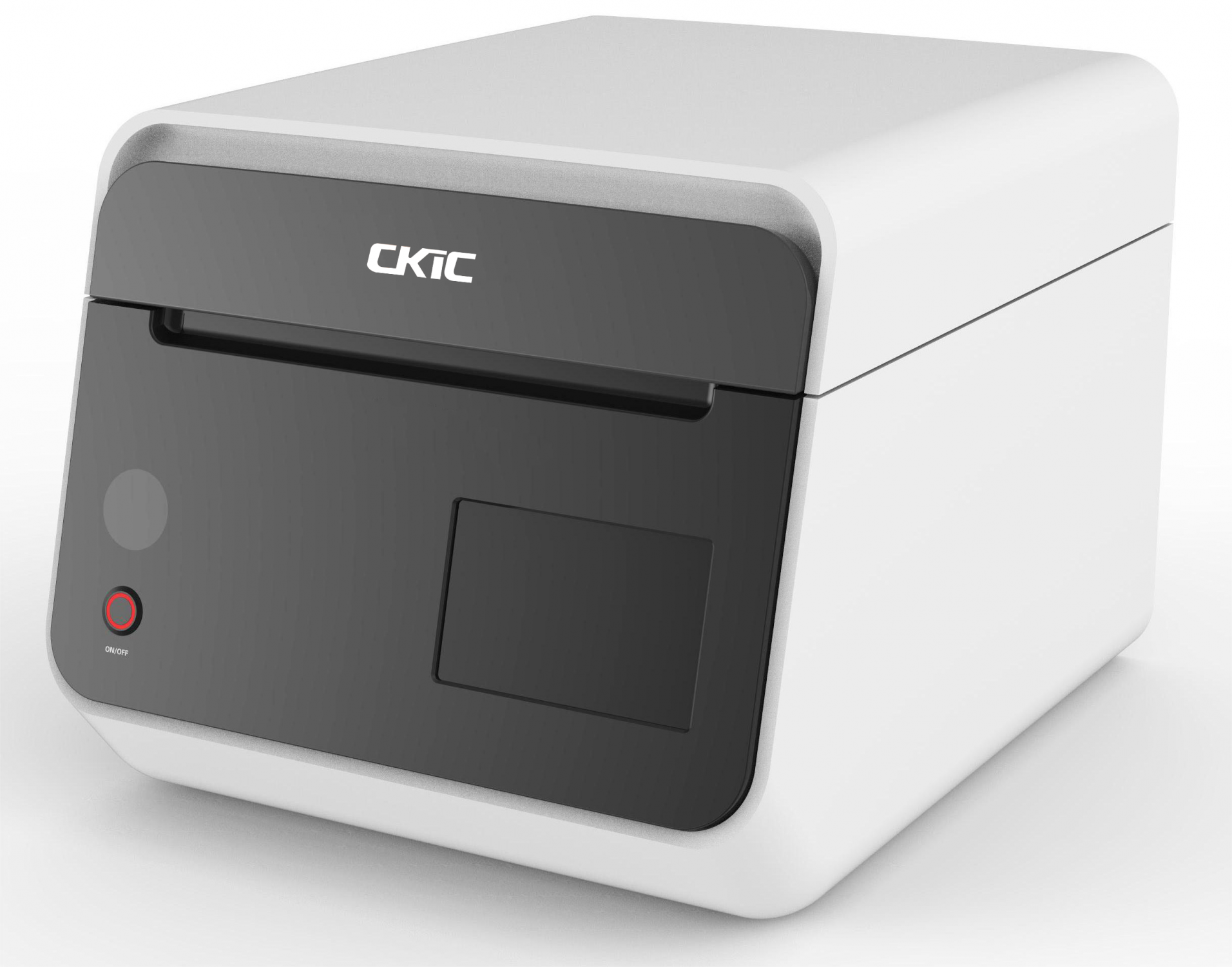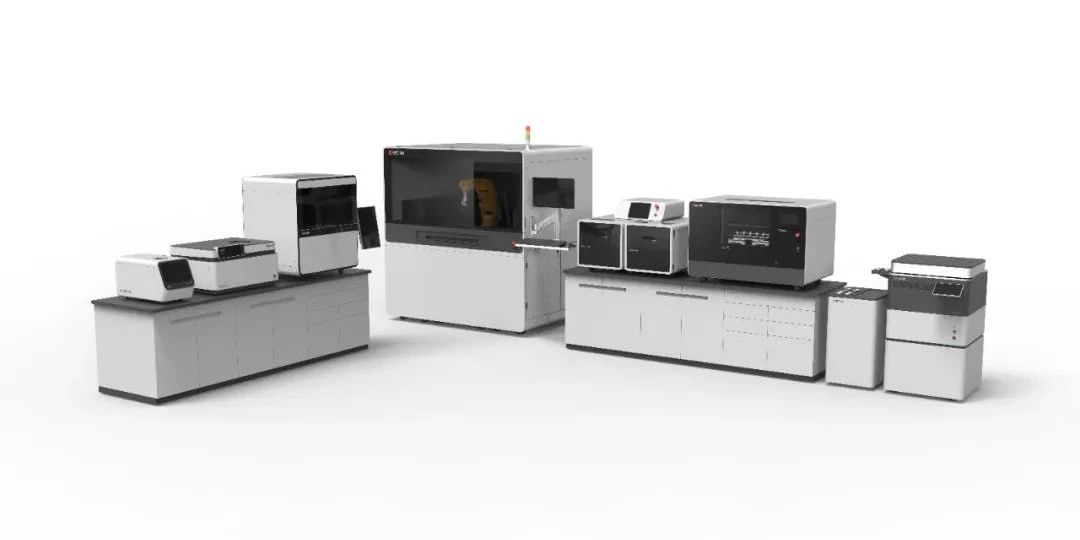Cadmium, a metallic element, is naturally present in the earth’s crust at low concentrations. However, the discharge of wastewater, waste gases, and residues from industries such as chemicals, metal smelting, and printing has led to an increase in the area of soil contaminated with cadmium. Cadmium is easily absorbed by plants and accumulates within them, subsequently entering the human body through various pathways, including the diet. When cadmium levels reach a certain threshold in the body, it primarily damages the kidneys, bones, and digestive system, particularly the renal tubules, impairing reabsorption and leading to issues such as albuminuria, aminoaciduria, and glycosuria.
Soybeans are grains and oil crops, as well as a source of livestock feed. China has ranked first globally in terms of soybean planting area and production for an extended period. Therefore, it is crucial to strengthen circulation supervision, and food regulatory authorities must conduct regular spot checks to promptly identify failed samples, trace their origins, and discard them, preventing substandard food from reaching the market and consumers’tables.

The traditional method for determining cadmium content involves digesting food samples first, followed by analysis using atomic fluorescence spectrometry or graphite furnace atomic absorption spectrometry, which, however, is characterized by complex and time-consuming pretreatment processes and requires the consumption of acid-base chemical reagents during treatment. Therefore, a rapid method for determining cadmium content in food is proposed, which has a short analysis time. Moreover, no chemical reagents are used throughout the entire testing process, and the instrument is equipped with a gas source device, eliminating the need for an external high-pressure gas source.

Automatic Cadmium Analyzer
Working Principle
The electrothermal vaporization-atomic absorption method is employed. By high-temperature combustion (pyrolysis), the organic matter in the sample is decomposed. The volatile substances undergo further decomposition as they pass through a high-temperature catalysis zone. Meanwhile, the catalyst selectively captures trace amounts of cadmium from the volatile substances. Through a gentle switch of the atmosphere, cadmium is released from the combustion ash and the catalyst. It is then sent into a micro-flame atomic absorption spectrometer for determination via an interface device with a unique patent technology. The cadmium content in the sample is directly obtained through software calculation.
Test Content
Cadmium
Test Method
Solid sampling electrothermal vaporization atomic absorption spectrometry
Sample Type
Grains, agricultural products, marine products, soil, etc.
Typical Application
Laboratory analysis(research-grade)
Features
High precision: repeatability with RSD < 3%;
High efficiency: 3min per sample; up to 45 samples per batch;
User-friendly design: direct solid sampling; no chemical pretreatment required.
Wide test range: 0.002mg/kg~100mg/kg.
Instrument and Apparatus
5E-AA2288 Automatic Cadmium Analyzer
Analytical Balance with the resolution of 0.00001g
Reagents and Materials
Certified reference material: GBW(E)100495, standard solution with a concentration of 0.1 mg/L
Sample to be tested: crushed and sieved soybeans
Analysis Procedures and Parameter Settings
1. Preparation: operate the 5E-AA2288 Automatic Cadmium Analyzer according to the instruction manual.
2. Method Definition: select “Define Method” in the software to add a new method and then set the parameters accordingly.
3. Blank Sample Test: test the blank sample.
4. Standard Curve: use external standard method.
Parameter Settings for 5E-AA2288 Automatic Cadmium Analyzer:
| Drying Temperature |
350°C |
| Pyrolysis Temperature |
700°C |
| Catalytic Furnace Temperature |
750°C |
| Detection Flow Rate |
400ml/min |
| Detection Time |
80s |
Analysis Results
Standard Curve:
The cadmium standard curve was generated using a standard solution with a concentration of 0.1 mg/L, and the fitting results are shown above. Four different soybean samples were tested, with each sample weighed six times at approximately 0.1 g (accurate to 0.0001 g). The test results are presented in Table 1.
Table 1. Analysis Results of Soybeans
| Sample |
GBW(E)100495 (0.27+0.02mg/kg) |
Soybean 1 |
Soybean 2 |
Soybean 3 |
Soybean 4 |
| Results of 6 Tests (mg/kg) |
0.272 |
0.038 |
0.039 |
0.033 |
0.024 |
| 0.285 |
0.038 |
0.041 |
0.033 |
0.021 |
| 0.287 |
0.039 |
0.037 |
0.034 |
0.022 |
| 0.291 |
0.044 |
0.035 |
0.034 |
0.025 |
| 0.276 |
0.039 |
0.037 |
0.033 |
0.023 |
| 0.273 |
0.043 |
0.038 |
0.035 |
0.023 |
| Average Value |
0.282 |
0.040 |
0.038 |
0.033 |
0.023 |
| RSD |
2.88% |
6.52% |
4.86% |
1.77% |
6.32% |
Additionally, to ensure the accuracy of the test, four different soybean samples were subjected to spiking experiment, followed by calculation of the spike recovery. Each sample was weighed six times at approximately 0.1 g (accurate to 0.0001 g). The test results are presented in Table 2.
Table 2. Spike Recovery of Soybeans
| Sample |
Results of 6 Tests (mg/kg) |
Average Value |
RSD |
Recovery (%) |
| Soybean1 spiked with 5ng |
0.100 |
0.103 |
0.113 |
0.105 |
4.63% |
86.27-105.66 |
| 0.103 |
0.108 |
0.109 |
| Soybean2 spiked with 5ng |
0.102 |
0.100 |
0.109 |
0.105 |
4.79% |
91.16-107.45 |
| 0.107 |
0.109 |
0.113 |
| Soybean3 spiked with 5ng |
0.094 |
0.099 |
0.101 |
0.099 |
2.92% |
86.74-95.81 |
| 0.099 |
0.102 |
0.097 |
| Soybean4 spiked with 3ng |
0.062 |
0.062 |
0.059 |
0.060 |
5.54% |
81.38-103.56 |
| 0.060 |
0.056 |
0.066 |
Conclusion
Based on the test results, the RSD values for the cadmium test in the four soybean samples were all below 10%, and the spike recoveries were within the range of 80% to 120%. Using this method, the cadmium content in the samples can be determined within just 3 to 4 minutes. This method offers convenient operation, requires no chemical reagents, is environmentally friendly, and avoids secondary environmental pollution.







